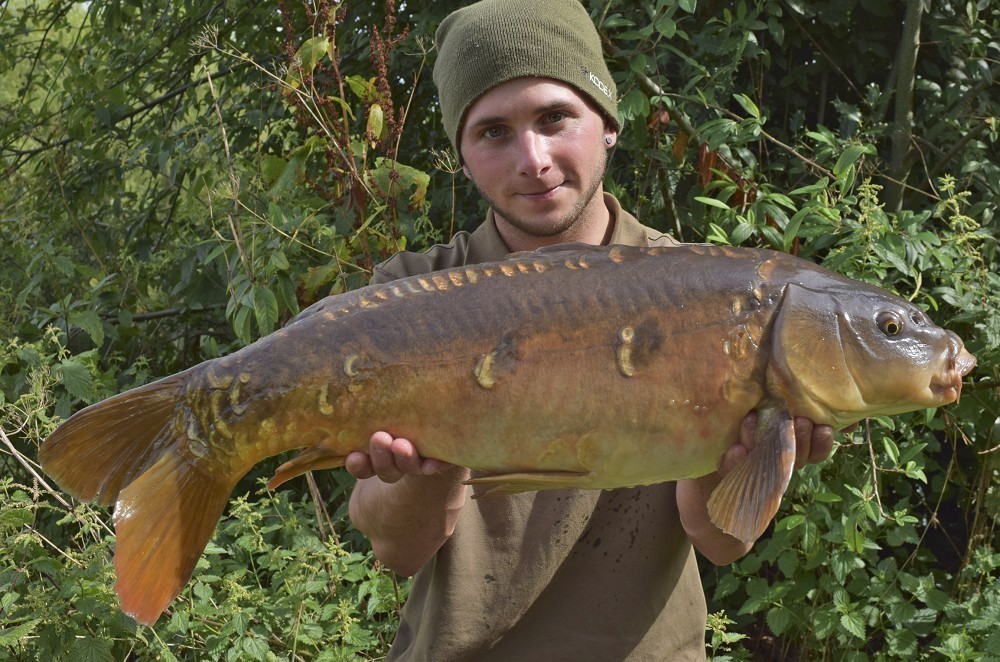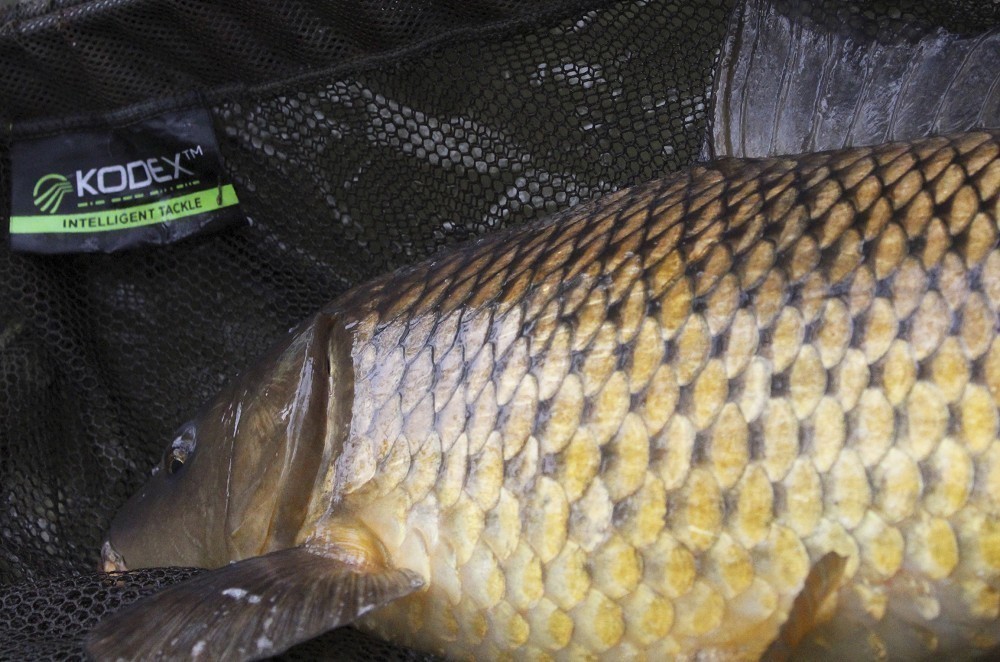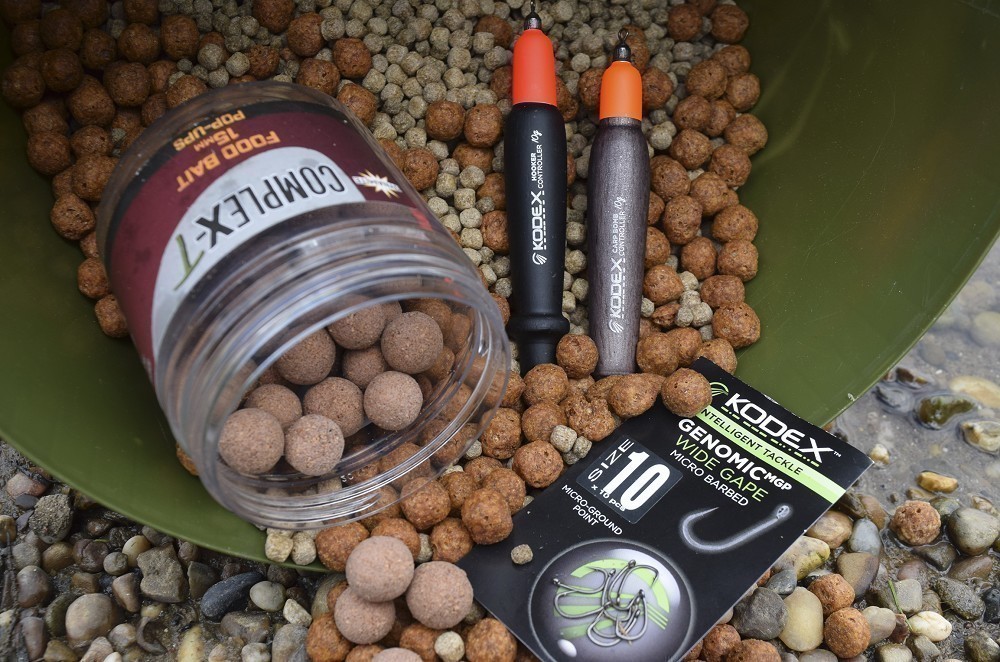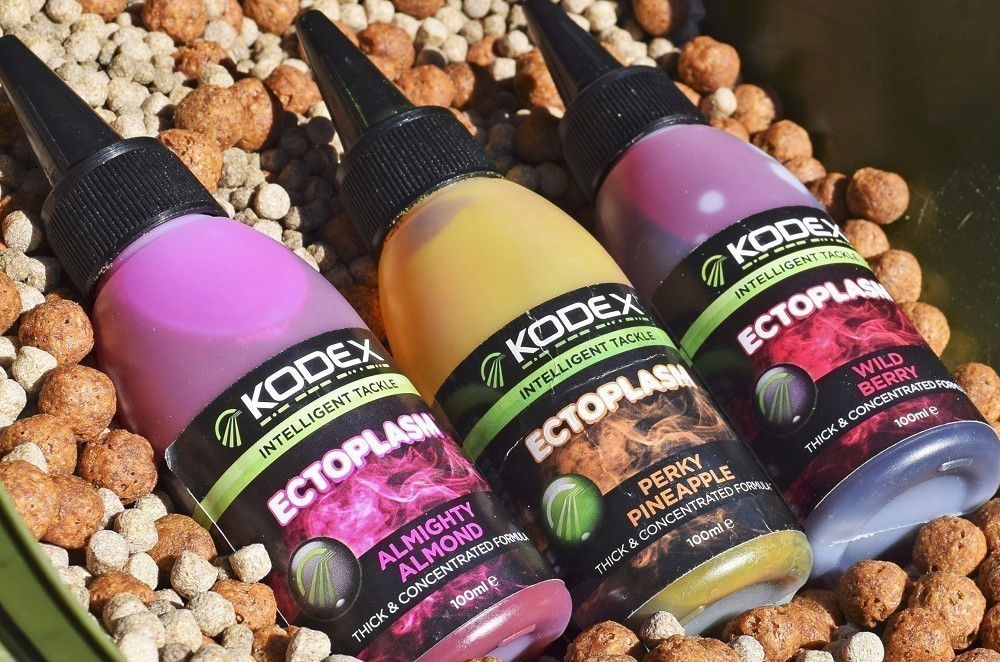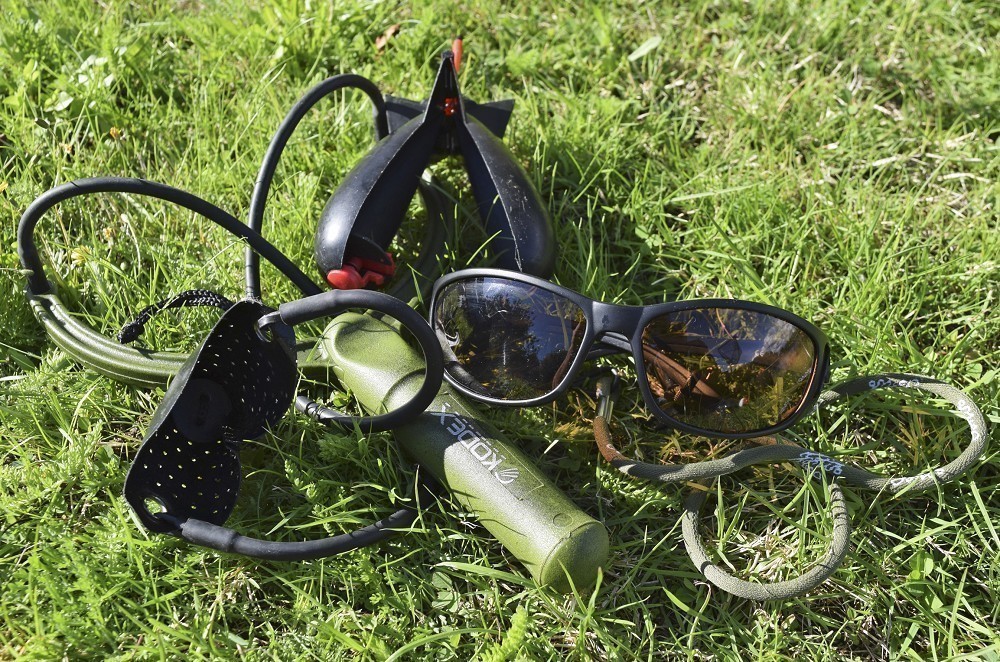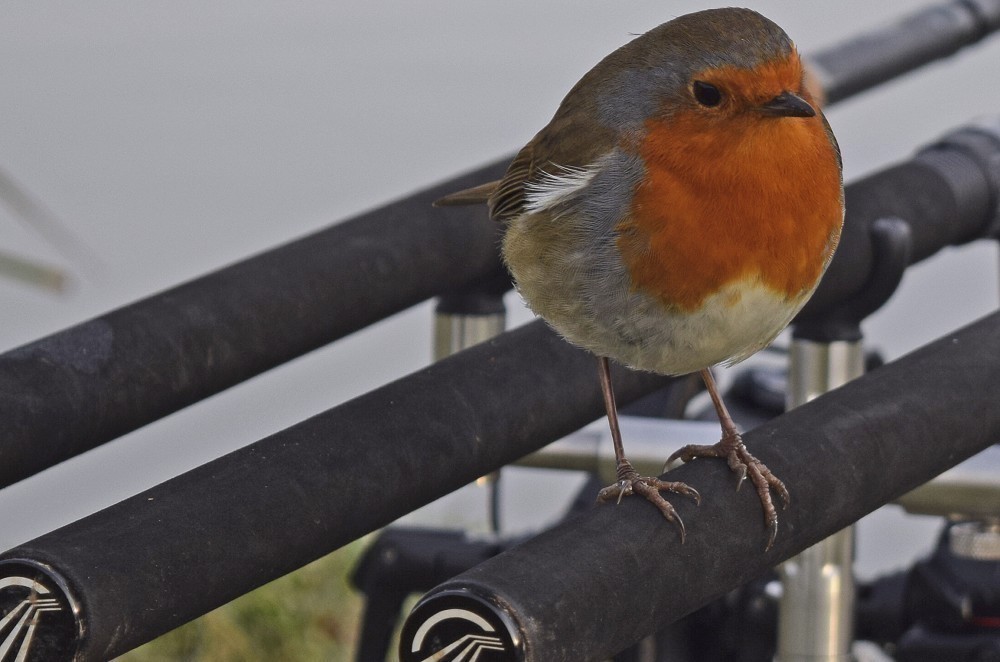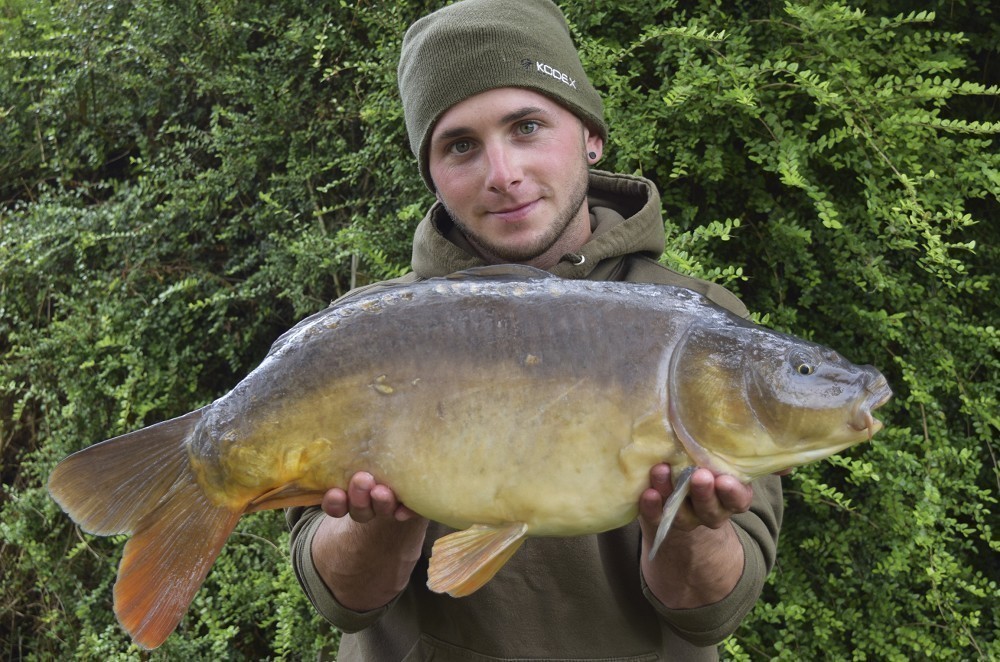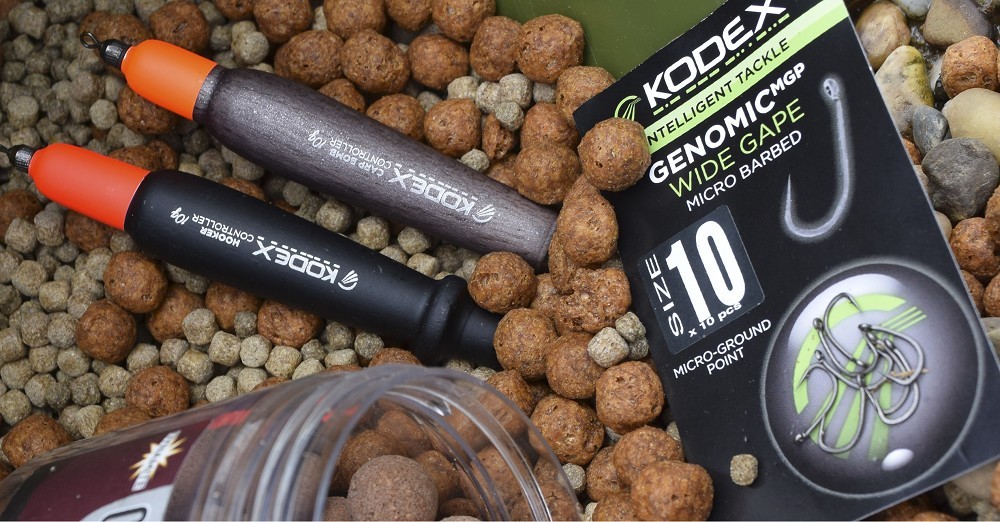
5 top tips for surface fishing
From Kodex consultant Luke Vardy...
Although some venues respond better to surface tactics than others, Kodex consultant Luke Vardy has narrowed it down to a series of five top tips that can help you put more fish on the bank!
During the course of the summer months, a major part of my angling is based around surface fishing. The fish tend to spend a lot time in the upper layers and cruising around on the surface, taking advantage of the summer rays. I always carry a bucket of mixed size floating expander pellets within the boot of my car to take full advantage of any opportunities while I’m visiting my chosen venues. Although some venues respond better to surface tactics than others, I’ve narrowed it down to my top five tips that I believe have helped me to put more fish on the bank!
1. Stay mobile
It sounds obvious - but the lighter your kit, the more mobility you gain. If your floaters are drifting off to the windward end of the lake, a change of swim is inevitable. Staying mobile and taking a light amount of essentials ensures you’re able to quickly react to the situation in front of you. No one wants to be lugging around heaps of tackle in the heat of summer. A suitable carry bag, net, bucket, and a compact unhooking mat like the SP20, should be all you require to stay responsive during your short surface sessions.
Bonus tip: Stay well hydrated in warm sunny conditions, take plenty of fluids to keep you refreshed. I also always carry a pair of polarised glasses to avoid surface water glare and see deeper into the water’s surface whilst searching out our quarry.
2. Fine down your tackle
Probably the most visible layer of water, fishing off the surface is completely different to fishing on the deck. Fish are looking up to a fluorescent skyline as opposed to a gravel or silt swept bottom. This is where fining down your end tackle really does become a priority.
For my floater sessions, I tend to use the Kodex Kompact CN rod at the 9ft length option, which has a 3lb test curve. The rod allows forgiveness under the tip but also allows you to apply steady pressure should you require. It’s coupled with a small freespool reel, loaded with 10lb floating surface line. The business end of my rig consists of a ‘Hooker’ controller float, which has anti-dive properties to get your hook bait into position quicker, leading onto 2ft of Kodex Zig & Floater hooklink in 12.9lb breaking strain, which comes in a remarkable 0.25mm diameter.
The Zig & Floater line has Lo-Viz fluorocrystal properties, making it virtually undetectable in water and number one choice for presenting a surface bait. A Genomic MGP Wide-Gape size 10 is my choice of hook, matched to my hook bait choice.
Bonus tip: When fish are feeding at close quarters, remove your controller float and free-line your hook bait onto the feeding fish. This enables you to select which fish you’d like to hook by simply dropping it within its travel path!
3. Bait edges
I use floating expander pellets in various sizes to keep the carp pre-occupied. Prior to the application of the expanders into your swim I like to use certain oils and liquids to give them even more pulling power and make them more attractive to the carp. I do this via a 2 stage process:
Stage 1: Douse the pellets in hemp oil. The main purpose of this is to flatten off the lakes surface and slow the floaters down when drifting on a windswept surface. It also allows you to keep track of where they have drifted to, as you can visibly see the oil patch on the surface. Standard expanders out of the bag tend to be difficult to see when introduced uncoated - hemp oil solves this issue.
Stage 2: Add a second coating of attraction. I do this by applying a hefty amount of ‘Wild Berry’ flavour Ectoplasm additive to the pre-soaked pellets. This then creates a halo of flavour and colour around them when in-situ on the surface.
Bonus tip: Prepare expanding pellets in separate sealed bags with different flavours of Ectoplasm, to give yourself a variety of different colours and flavoured loose feed - a great option for varying your hook baits!
4. Baiting tools
The baiting tool you use to apply your freebies depends solely on the distance you wish to fish. For ranges up to 20 yards, I use a Karpult caty. This allows freebies to be fired very accurately to your chosen area with very little disturbance. For distances further than 25 yards I prefer to use a mini spomb to introduce the bait. The mini Spomb can be clipped onto the Kompact CN rod and casted to your chosen distance.
Bonus tip: When you’ve hooked a fish, hold the rod in one hand and use a throwing stick with the other, to dip into your bucket of expanders to continue the feeding frenzy. This will keep the fish occupied and interested while you’re attending to the hooked fish!
5. Birdlife problems
Time and time again you see birdlife spoil a golden opportunity while floater fishing, but I’ve found an array of edges to keep you one step ahead of the birdlife at all times.
5.1 - Be stealthy with your approach to the water’s edge. Try and avoid making too much movement and noise when in your chosen swim, else the birdlife will often spot you straight away and come in to investigate.
5.2 - Bait craftily. A small pouch full of mixers can be more than enough to create you a window of opportunity, therefore meaning absolute minimal disturbance within your swim. This usually gains you enough time and chances to fish for your feeding quarry.
5.3 - Feed the birdlife off. This can become somewhat of an expensive exercise if plagued by a large group of birds! But you can keep trickling small amounts of bait into the margin to keep the birds away from the area of feeding fish.
Bonus tip: Floating Banana Braid is a great tool for deterring birdlife. Simply cast past your area of feeding fish and prop your rod up in the air, with the aid of an extended bank stick and rod rest. Yellow braid passing through the air spells danger and 9 times out of 10 they stay well clear!
To summarise… always try and be pro-active with your approach. There will be windows of opportunity across the whole lake and carrying minimal tackle allows you to make the most of your session. Boost your loose feed and hook baits by making small variations with the aid of liquids and oils. Follow these hints and tips and you’ll bring success to your next surface fishing session!





